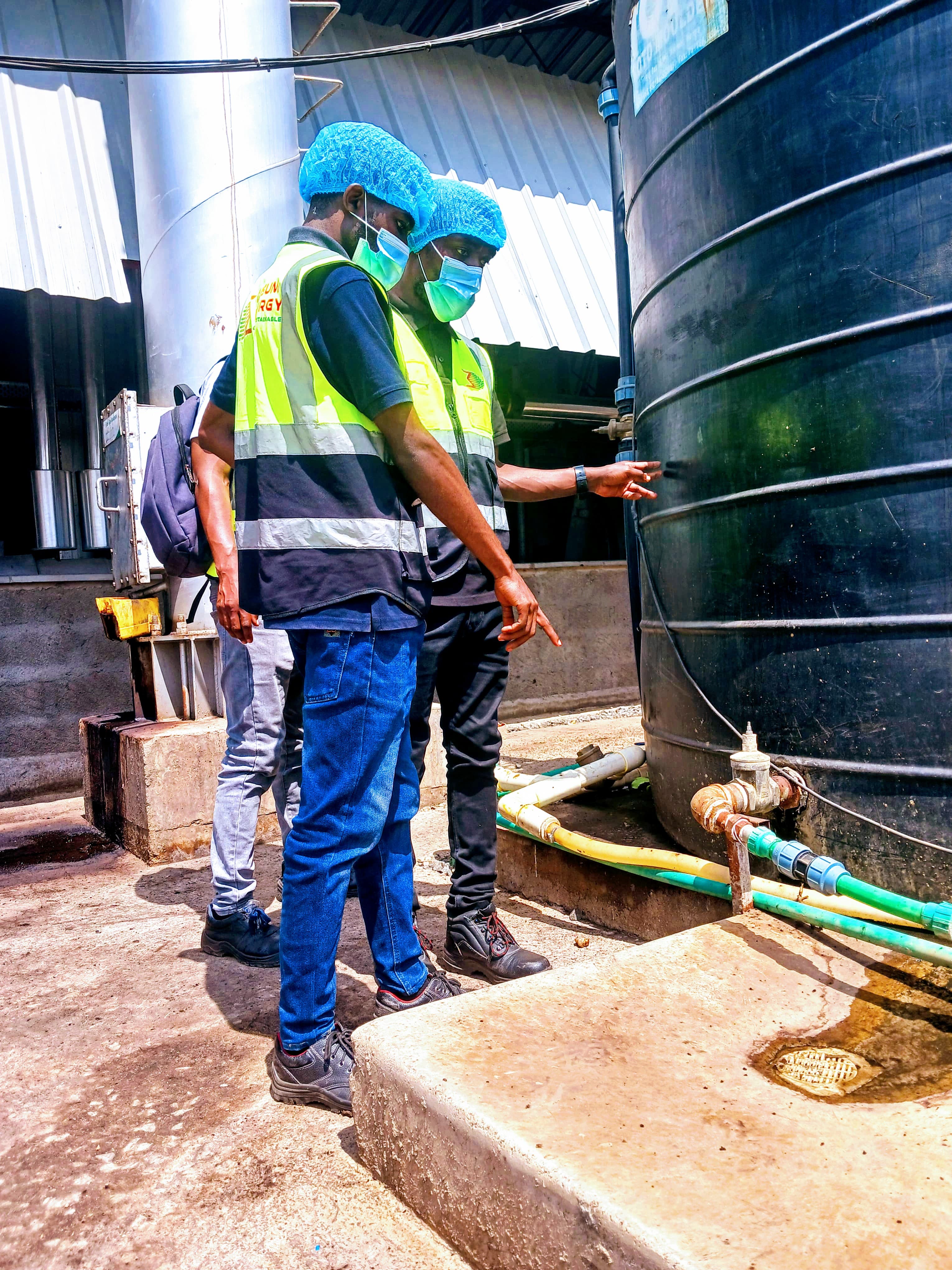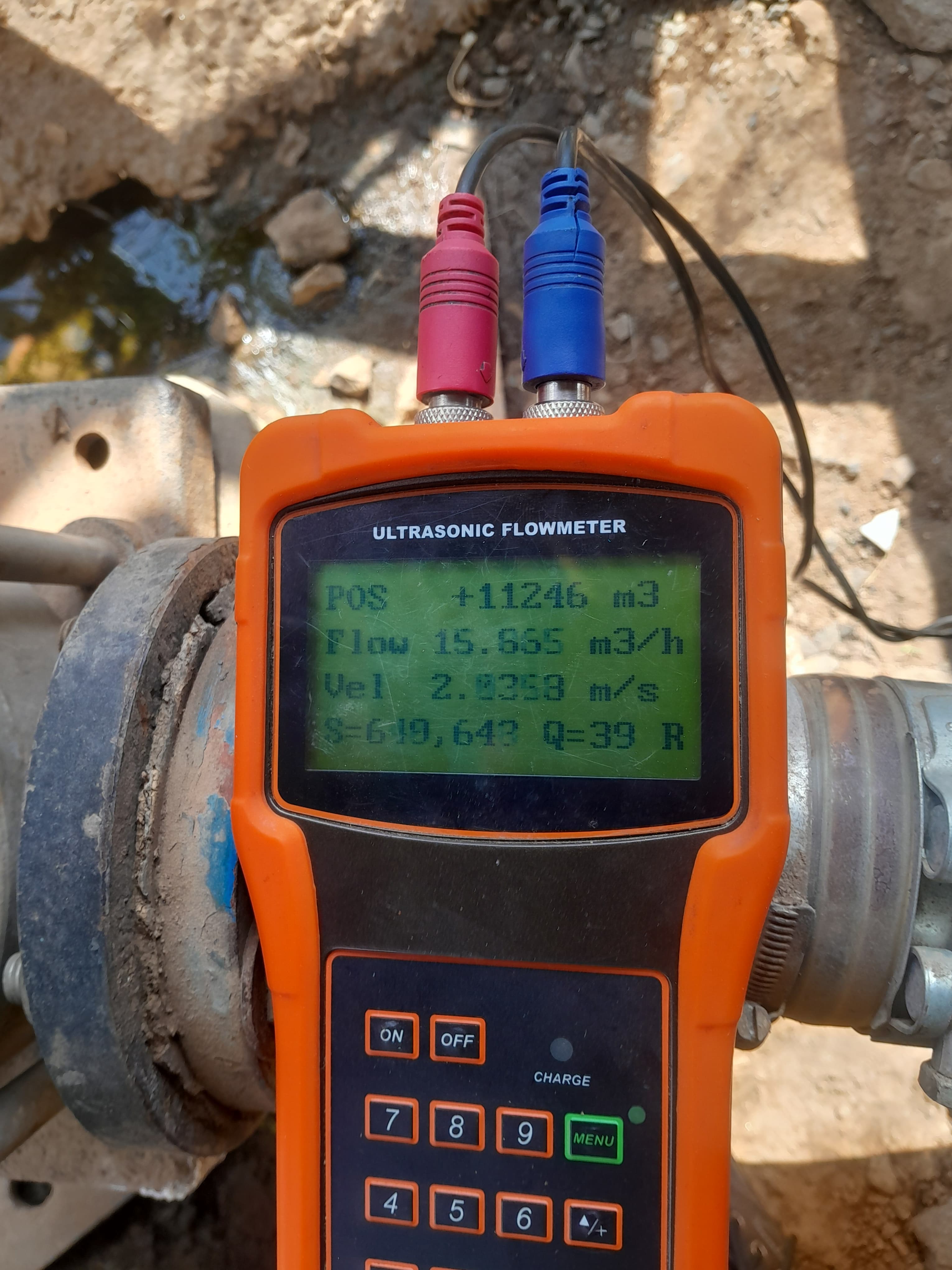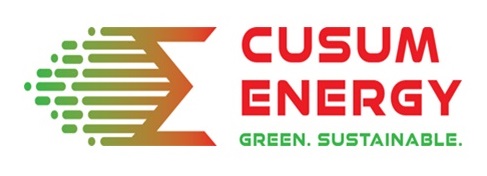As part of our ongoing commitment to promoting efficient resource management, we recently conducted a water audit for a processing industry as part of a broader sustainability and resource optimization project. This audit was designed to evaluate water usage across the facility, identify inefficiencies, and recommend actionable improvements. The audit not only provided deep insights into the plant’s water flow systems but also highlighted key opportunities for cost savings and environmental conservation.

What is a Water Audit?
A water audit is a comprehensive assessment of water use within a facility, designed to identify inefficiencies, leaks, and opportunities for conservation. In the context of a processing industry, this audit plays a critical role due to the sector's heavy reliance on water for production, cooling, cleaning, and other auxiliary processes.
This detailed examination includes evaluating water supply sources, internal distribution systems, processing lines, water-intensive machinery, and waste discharge patterns. It allows industries to identify areas of water waste, optimize equipment performance, and implement best practices for sustainable water management.
By conducting a water audit, processing facilities can gain valuable insights into their water usage patterns, reduce operational costs, enhance regulatory compliance, and contribute meaningfully to environmental stewardship.

Benefits of a Water Audit in Processing Industries
1. Unlock Water Savings
Processing industries often use significant volumes of water for various production stages. A water audit identifies excessive consumption, inefficiencies in machinery, and unnoticed leaks. Implementing audit recommendations can lead to reduced water use and substantial cost savings.
2. Enhance Environmental and Corporate Responsibility
Water audits demonstrate a facility’s commitment to sustainability. In an era of increasing environmental scrutiny, being able to showcase reduced water usage and improved conservation practices enhances a company’s ESG (Environmental, Social, and Governance) profile.
3. Detect Hidden Leaks and Process Inefficiencies
In complex industrial systems, leaks are not always visible but can result in serious losses. Advanced tools and techniques used during audits help detect these hidden leaks whether in underground pipelines, valves, or process equipment—allowing timely intervention and maintenance.
4. Ensure Consistent Production Quality
Water quality and availability directly impact product consistency in processing industries. A water audit helps stabilize supply, avoid sudden shutdowns due to plumbing issues, and maintain desired hygiene standards—critical in industries like food, beverage, and pharmaceuticals.
5. Comply with Industrial Regulations
Regulatory bodies often mandate stringent water use and effluent discharge standards. A water audit ensures that all systems comply with applicable regulations, thus avoiding potential fines, shutdowns, or reputational damage.
6. Preserve and Optimize Infrastructure
Audits help detect aging pipes, corroded valves, and underperforming water systems. Acting on these findings prolongs equipment life, reduces repair costs, and improves plant efficiency.
How a Water Audit Works in an Industrial Setting
1. Review of Historical Water Usage and Billing
The audit begins with an in-depth analysis of water bills, meter records, and consumption trends over time. This helps determine baseline usage, identify irregular patterns, and calculate process-specific water intensity.
2. Site Assessment and Process Mapping
Auditors conduct a physical inspection of the facility, mapping all water intake points, process flows, and discharge outlets. Particular focus is placed on production processes that are water-intensive, such as cooling towers, boilers, washing stations, and filtration systems.
3. Infrastructure and Equipment Audit
A technical evaluation is performed on piping networks, storage tanks, nozzles, pumps, valves, and meters. The audit may include flow measurements, pressure testing, and use of smart sensors to determine leak points or flow inefficiencies.
4. Technology Integration
Where applicable, the facility may be fitted with smart meters and sensors—devices that provide real-time data on flow, pressure, and anomalies. These devices not only help monitor usage but also predict and prevent system failures.
5. Leak Detection and Fixture Upgrades
Identified leaks are repaired, and outdated fixtures are replaced with water-efficient alternatives. In food and beverage processing, for instance, switching to high-efficiency CIP (Clean-In-Place) systems can yield massive water savings.
6. Real-time Monitoring and Control
After implementation, facilities can continuously monitor water consumption through dashboards and alerts. This 24/7 visibility helps managers track performance against KPIs and make data-driven decisions.
Conclusion: Why It Matters
A water audit in a processing industry is more than just a cost-saving exercise—it is a strategic investment in operational efficiency, regulatory compliance, and environmental responsibility. With rising water scarcity and pressure on industries to be more sustainable, water audits provide a practical roadmap for:
-
Reducing operating costs
-
Optimizing resource use
-
Maintaining process quality
-
Ensuring long-term sustainability
By embracing water audits, processing industries can future-proof their operations while playing a vital role in global water conservation efforts.

